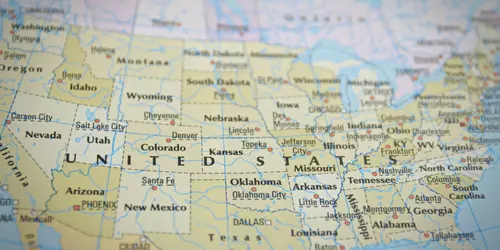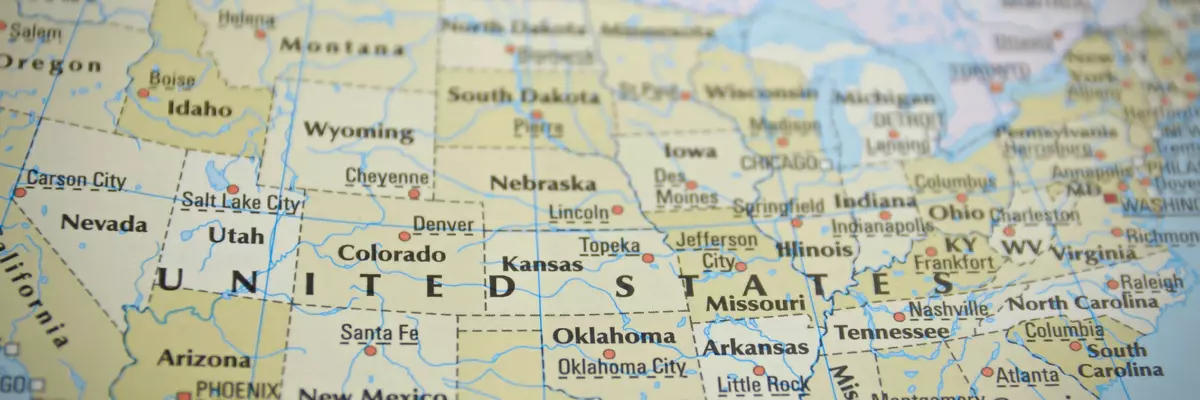The climate year of USA
The United States of America, abbreviated USA, consists of a total of 50 states covering an area of 9,826,675 km². According to the 2013 census, 317,238,626 people live in the U.S. - making the country the third largest on Earth in terms of both area and population. Due to its vast expanse, several climate zones crisscross the USA. High in the north, Alaska, part of the Arctic, is part of the national territory. Here, the climate is arctic with extremely cold and snowy winters and very short, cool summers. The largest part, however, belongs to the continental climate zone, with extreme weather changes possible everywhere. This is made possible by a lack of east-west mountains that protect against such widespread cold snaps. The temperate climate zone extends roughly from Washington State to Maine. Winters can be chilly, but summers can be very hot and humid, exceeding 35°C. The southern states of Florida, Georgia, Mississippi, Louisiana and Texas already have a subtropical climate, with a diurnal rather than a seasonal climate predominating, especially in parts of Florida. The state of California, on the other hand, lies in the Mediterranean climate zone, which is characterized by rainy and mild winters, but dry and hot summers. Also typical for the climate in the USA are the frequent natural disasters (hurricanes, earthquakes, extreme cold spells, etc.).
General information about USA
Due to the sheer size, it is of course far from possible to list all the important sights of the USA at this point. Among the most important are of course the big world cities like New York, the capital Washington D. C. or the gambling city Las Vegas. Furthermore, the impressive national parks attract numerous visitors, for example the Yosemite Park in California, the Grand Canyon National Park in Arizona or the oldest national park in the world, the Yellowstone National Park in Wyoming. One of the most visited attractions is the Walt Disney World Resort in Orlando, Florida.
Tourism USA
In Florida's subtropical to tropical climate zone, the rainy season falls in the summer and the dry season in the winter. In the continental temperate climate zone, it is cool in the winter and hot in the summer, with precipitation in the form of rain or snow falling relatively evenly throughout each season. Especially on the coast, it can get very humid in the summer. On the Great Lakes as well as in New England, winters are very long as well as very snowy, while summers are comparatively short. On the other hand, these areas as well as Vermont, Maine and New York are known for their colorful Indian Summer. Especially in the Rocky Mountains and the Appalachian Mountains, the climate is cool and alpine. The rainiest area is in the northwest on the Pacific coast with up to 3,000 l/m² of precipitation per year.









